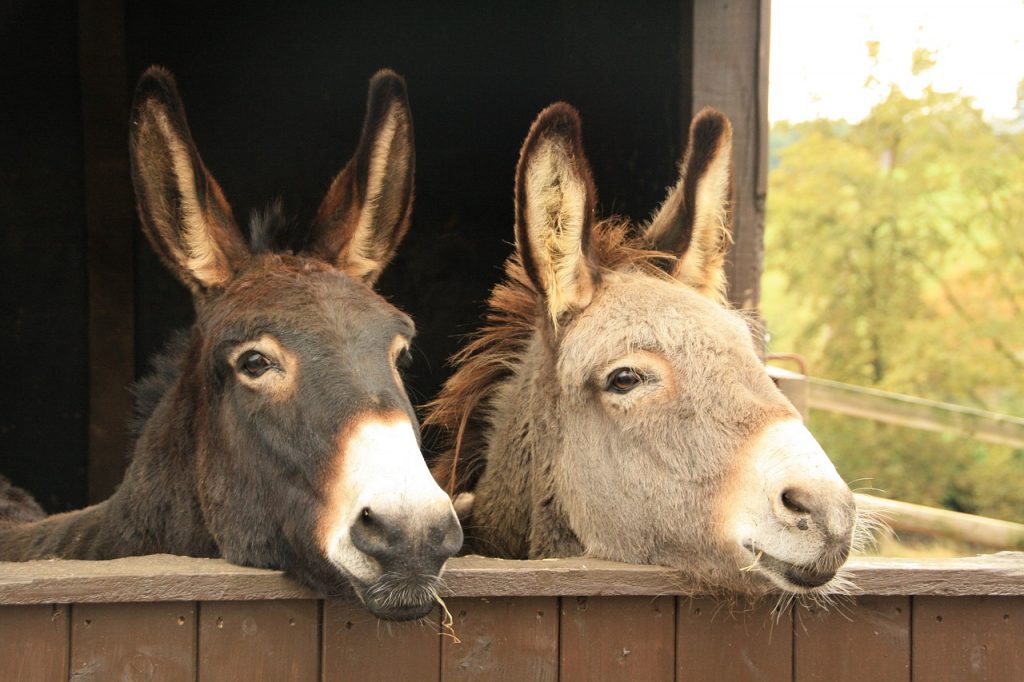
Hi everyone. Today, a colleague sent me this text: “There’s a CEO of a family foundation who is adamantly against giving unrestricted funding. Do you have a blog post in particular you think would be good for me to send him? He’s a middle-aged white man who has never worked for a nonprofit in his life.” I sent over a couple of posts, including The ethical argument for general operating funds and “How the focus on overhead disenfranchises communities of color and fans the flames of injustice.” There’s lots written on this topic.
Heck, there’s been tons of stuff written about all sorts of topics. But we continue to see colleagues from the for-profit sector come into this sector as donors, funders, volunteers, and board members and have no clue about how things are yet are still adamant they know what’s best for the nonprofits they’re supporting. Worse, like the clueless CEO dude above, they often hold a lot of power.
So, what we need may be fewer articles and webinars, and instead, a week-long immersive overnight boot camp designed to help prepare our friends from other sectors so they can viscerally understand what it’s like for nonprofit professionals. And luckily, because I procrastinated on working on my book today, I already planned out a sample schedule for this boot camp!
Continue reading “A bootcamp for clueless businesspeople who want to involve themselves in nonprofit!”



